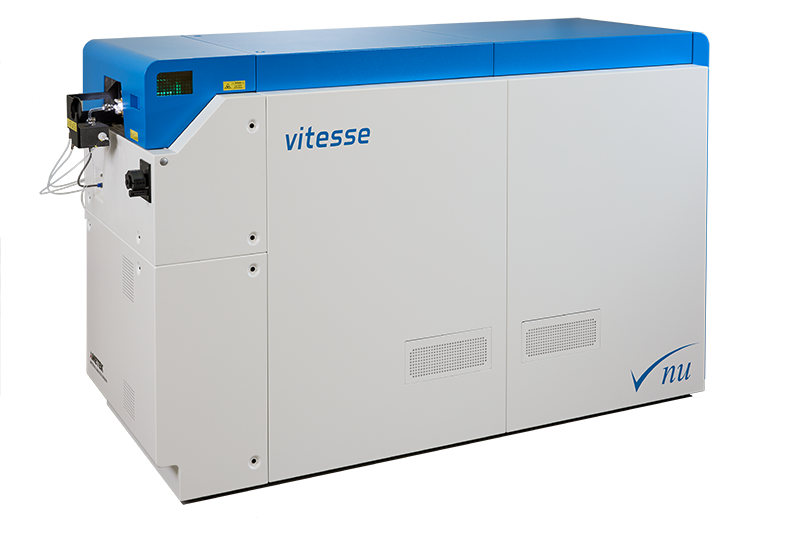On Demand Webinar
Nu Instruments and Elemental Scientific Lasers present the second webinar of the series:
Laser imaging TOF-ICP-MS with Vitesse and imageGEO193: pushing the boundaries of geochemical imaging


Recent advances in laser ablation systems and mass spectrometers (i.e. Time Of Flight Mass Spectrometry, TOF) have enabled the high-speed acquisition of high spatial resolution 2-D and 3-D ‘images’ of elemental and isotopic variations in a range of materials. With some notable exceptions, most applications of this potentially transformative technique have been in the field of biological imaging, and have not yet found widespread application in the field of earth science. In this presentation, I will demonstrate the ability of LA-TOF-ICP-MS to produce petrochronologic data at the micron-scale on rock-forming- and accessory minerals at a rate of up to 1000 pixels per second at detection limits in the ppm range. The geologic implications of these data and future avenues of research will also be highlighted.
Many applications at the forefront of the study of the chemical composition of marine carbonates require in-situ micro-scale geochemical imaging. Such analyses are however challenging, requiring analytical techniques that are either expensive with limited accessibility (e.g. synchrotron X-Ray spectroscopy and secondary ion mass spectrometry) or time-consuming and able to only analyse a limited range of elements (e.g. electron microprobe). Laser ablation inductively coupled plasma mass spectrometry (LA-ICP-MS) as a tool for generating 2D images has grown in popularity, however many analytical issues remain when generating high-spatial resolution geochemical images using this approach. Here a fast wash-out laser ablation system coupled to the near-full mass spectra capabilities of the Nu Instruments Vitesse time of flight (TOF)-ICP-MS is used to generate 2D geochemical images of a range of biogenic carbonates at ≤2 micron/pixel resolution at an unprecedented speed (200 pixels/second). We demonstrate sensitivity using NIST 612 analysed with a 1 µm spot of ~100 cps/ppm at low mass rising to ~800 cps/ppm at high mass with an accuracy assessed using nanopellets of CaCO3 reference materials of +/- 7% for elements present at concentrations >0.5 mg g-1. By applying our quantitative method to a range of biogenic carbonates (coral skeletons, coralline algae and foraminifera) we provide valuable insights into biomineralization mechanisms and “vital effects” that will enable more robust reconstructions of past environments.


imageGEO193 with TwoVol3 Vitesse - Time-of-Flight ICP-MS
Complete the form above to watch now.
If you missed the first webinar of the series click here to watch.

